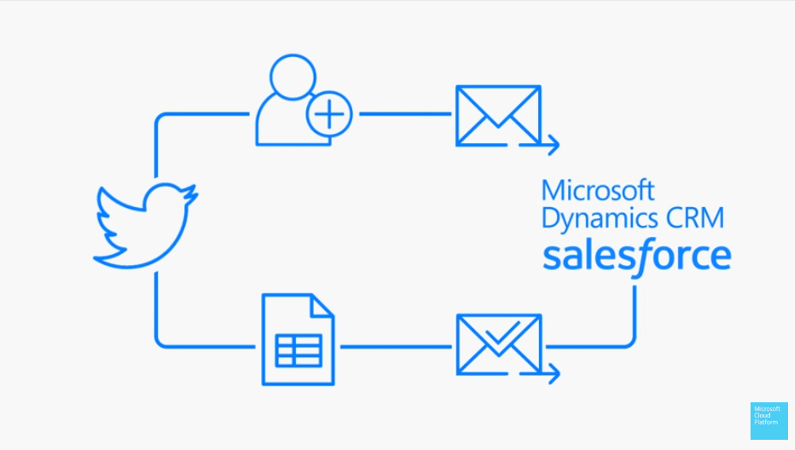 APPS
APPS
 APPS
APPS
 APPS
APPS
Six months after announcing plans to take on IFTTT Inc.’s hugely popular task automation tool, Microsoft Corp. has officially launched its competing Flow service into general availability.
The release brings a host of new features that are designed to streamline common work-related activities involving the software giant’s ubiquitous productivity offerings, particularly Office 365. One of the biggest additions is integration with SharePoint Online that allows users to set up Flow functions directly from the native interface.
A marketing professional, for instance, could take advantage of the feature to pull tweets containing a certain hashtag into their department’s social media folder. Accountants can use Flow to have an approval request automatically sent to the CFO when they upload a sensitive financial document. It’s a similar idea to IFTTT, which stands for “If This Then That.”
In addition to SharePoint, the automation service is also accessible from a new Android client that rolled out alongside the main cloud-based edition. It provides the same basic feature set as the iOS version that Microsoft unveiled in June, including the ability to create mobile workflows, monitor them and manually trigger actions using pre-configured buttons. Workers can use the app to do everything from scheduling text messages to remotely triggering a software build in Visual Studio.
Administrators, meanwhile, have recieved a new management console as part of this week’s rollout that makes it possible to centrally control how their organizations’ Flow deployments are used. Among other things, it provides the option to prevent the service from moving data between certain applications. The feature is designed to help avoid situations where, say, a worker accidentally configures a workflow to post customer data from Salesforce.com to their company’s Twitter account.
Microsoft will need to add many more such value-added capabilities over time if it wants to catch up with the existing automation services out there. The company not only has to compete with IFTTT but also the enterprise-focused Zapier Inc. and TIBCO Software Inc., which launched its own entry into the race this week. One of the ways Microsoft hopes to set itself apart is by included Flow in Office 365 and Dynamics 365 subscriptions at no additional charge.
The service is also available on a standalone basis in a free edition that supports up to 750 task runs per month and two premium versions that provide more for a fee. The appropriately named Flow Plan 1 costs $5 per user per month and allows up to 4,500 operations during a billing period, while Flow Plan 2 offers 15,000 for a $15 subscription.
Support our mission to keep content open and free by engaging with theCUBE community. Join theCUBE’s Alumni Trust Network, where technology leaders connect, share intelligence and create opportunities.
Founded by tech visionaries John Furrier and Dave Vellante, SiliconANGLE Media has built a dynamic ecosystem of industry-leading digital media brands that reach 15+ million elite tech professionals. Our new proprietary theCUBE AI Video Cloud is breaking ground in audience interaction, leveraging theCUBEai.com neural network to help technology companies make data-driven decisions and stay at the forefront of industry conversations.